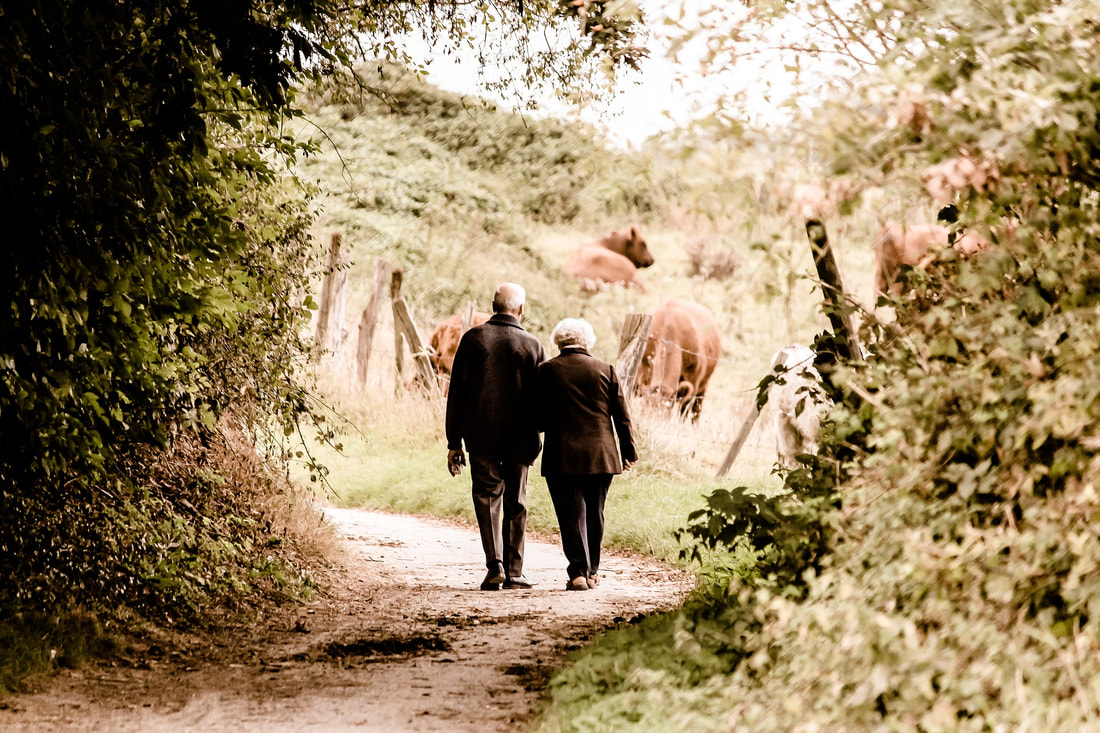 Image by Susanne Pälmer from Pixabay Image by Susanne Pälmer from Pixabay No one wants to face the fact that our bodies change as we age. The gray hairs, wrinkles and sagging skin under the arm remind us of the aging process. We can expect certain physiological changes that may influence how far we can push our bodies with exercise or even regular physical activity. Some normal changes that occur with aging include the fact that our lean muscle mass decreases and our fat mass increases. The water in our connective tissue decreases. There are more cross links in our connective tissue. Our mid spine starts to hump and we lose fast twitch muscle fibers. Our maximum heart rate decreases as does our ability to do aerobic exercise. Our heart chambers get stiffer and our reaction time decreases. We have more systemic inflammation and our hormones decline. These changes mean that we have an increased risk for diabetes. We lose flexibility and the ability to absorb shock. There is a greater tendency for tendon injury and decreased muscle endurance and output. We start to look like a hunchback and have decreased reach. We lose muscle speed. We can’t do as much cardio exercise. We have increased blood pressure, an increased risk for falling, more muscle wasting and loss of strength. This all starts when we reach 30 years of age. We start to lose strength at a rate of 10% per decade of life and this accelerates to 15-30% per decade after the age of 60. The earlier in life that we train and build up strength, the less functional loss we will experience as we get older. For example, if at age 20 you train so you can lift 100 pounds with one arm, you might lose 10% per decade from age 30-50 and then an additional 30% during the 60’s, making a total of 60% loss. By the time you reach 70, you would only be able to lift 30 pounds. Losing leg strength may be more significant since it may impact the ability to walk at age 70. This may explain why some people develop rotator cuff injuries even when they have continued to do the same exercise routine with no increase in weight, repetition or speed. The body has changed so the exercise becomes different and the risks may go up. Change your exercise regime from time to time and pay attention to the signals your body gives you. Watch for signs of increased effort, more fatigue, strain, soreness, shaking and other indicators that you are reaching your limit. Don’t assume that you should be able to do it as you always have. Longer warm-ups may be necessary. Fewer repetitions could be safer. Lowering the weight might be indicated. Being aware of the normal changes that occur in our bodies as we get older may help you to prevent injuries and to insure that you continue to stay active and functioning well into the later years. Start now to build up your reserves and don’t ignore the cues your body gives you.
0 Comments
Your comment will be posted after it is approved.
Leave a Reply. |
Sheila’s BlogI focus on the topics you care about most. Categories
All
Archives
February 2022
|
|
55 S. Raymond Ave. Suite 100
Alhambra, CA 91801 Main Phone: (626) 576-0591 Alternate Phone: (626) 538-3966 Fax: (626) 576-5890 Email: yonemotoptfinance@gmail.com |
© 2015 Yonemoto Physical Therapy. ALL RIGHTS RESERVED.
|


 RSS Feed
RSS Feed